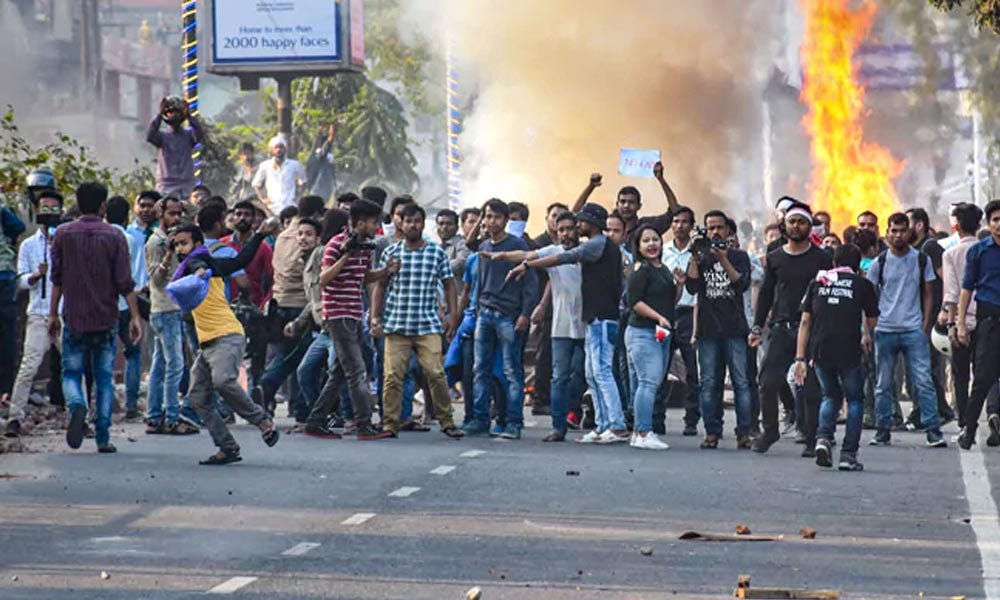India’s New Citizenship Law Shakes Northeastern State
Assam’s tangled history

By Minakshi Bujarbaruah and Rituparna Kaushik Bhattacharyya
In the wake of the January 10 Indian parliament’s approval of the Citizenship Amendment Act, which purportedly offers expedited citizenship to minority migrants from Afghanistan, Bangladesh and Pakistan – but not Muslims – the streets of Assam in the isolated northeastern corner of the country, …
Keep reading with a 7-day free trial
Subscribe to Asia Sentinel to keep reading this post and get 7 days of free access to the full post archives.
